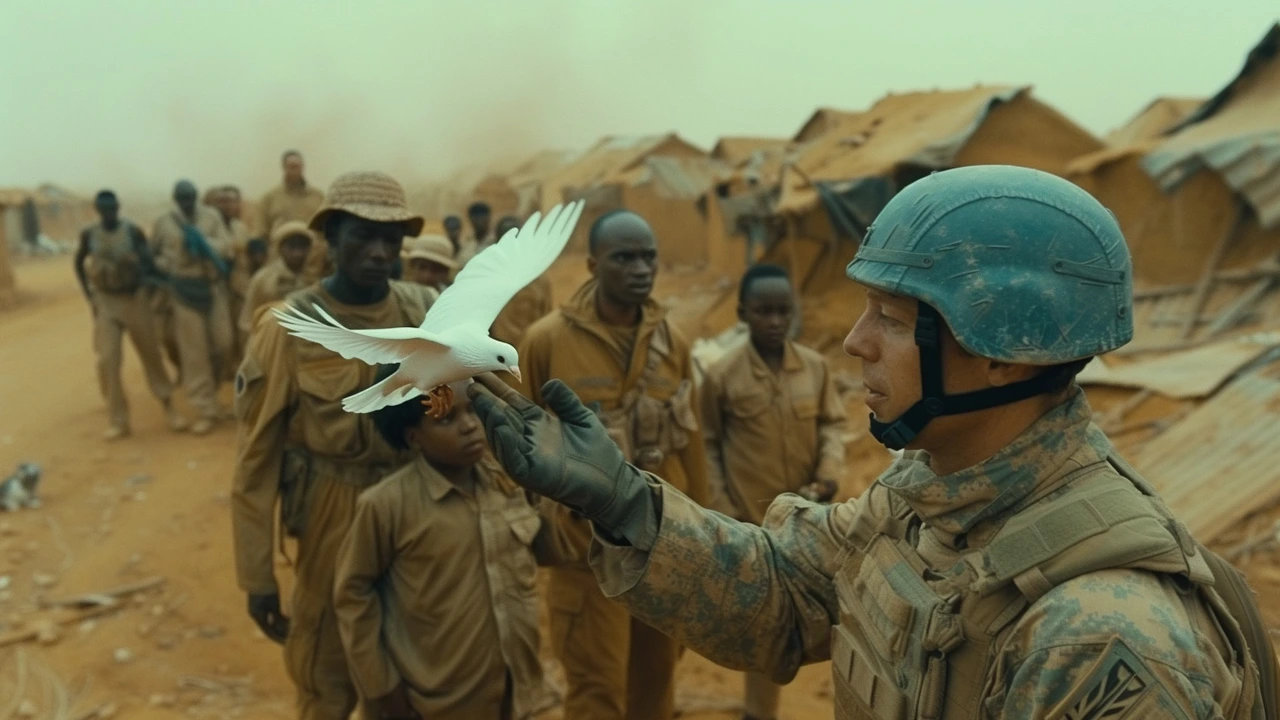Who started modern peacekeeping and how did their choices shape missions you read about today? This tag collects stories, profiles, and practical lessons from the people and early efforts that built today’s peace operations. If you want clear context—who led, what worked, what failed—this page points you to useful reads and shows you how to learn from them.
Pioneers are not just famous commanders. They include diplomats, local leaders, scholars and mission planners who tested tools and rules we now take for granted. You’ll find articles that profile thinkers like Denis Stairs, whose work on foreign and defence policy helps explain how countries decide to join missions. Other pieces focus on field-tested tactics, the first UN observers, and the early rules for protecting civilians. Each post here breaks one piece of the bigger puzzle so you can see how policy and practice evolved.
Want the practical takeaway? Look for posts that explain tactics, mission design, and real-world examples. For instance, read about early mission mandates to understand why modern peacekeepers often work in tough grey zones where law, politics, and security overlap.
If you’re new here, start with a short overview article to get the timeline and main terms. Then read mission deep dives to see how those ideas played out in the field. Recommended reading order from this tag: "The Quiet Warriors" for human stories, "Unveiling the Complex World of Modern Peacekeeping" for current challenges, and "Denis Stairs: A Legacy in Canadian Politics" if you want to know how national policy shapes international missions.
Each article in this tag gives one clear lesson you can use: how to build trust with communities, how mandates affect force posture, or how technology changes monitoring and protection. Pay attention to examples that include specific actions—what was done, who led it, and what happened next. Those concrete details are the most useful when you want to compare missions or learn lessons for new conflicts.
Want quick ways to use this tag? Use it to prep for a class, brief a meeting, or explain mission choices to others. Bookmark posts that focus on strategy if you plan to recommend policies. If you’re interested in people, read profiles and first-person accounts to get a sense of daily life and leadership choices on the ground.
If a topic grabs you—say protection of civilians or mission design—use the site search to pull all related posts, then read one overview plus two detailed cases. That mix gives you both context and real-world evidence.
Have questions or a story to share? Comment on any piece or contact us through the About page. Peacekeeping pioneers built the field by sharing ideas; you can help keep that tradition going by reading, asking, and contributing.

This post is dedicated to honoring the undefeated champions of peace: the peacekeepers. We'll explore how they've led the way using diplomacy and courage to mitigate international conflicts and build more peaceful societies. We'll delve into their histories, their battles, their triumphs, and the echoes of their contributions that still resound today. As a huge military history enthusiast myself, I can't wait to shed light on these powerful figures and their awe-inspiring journeys towards achieving global concord.
